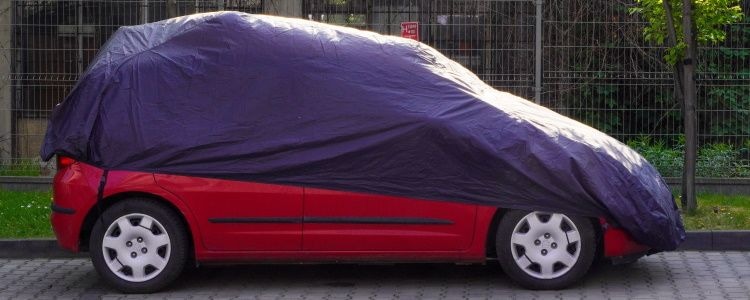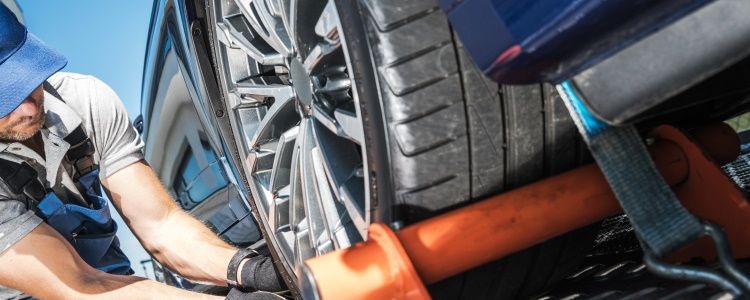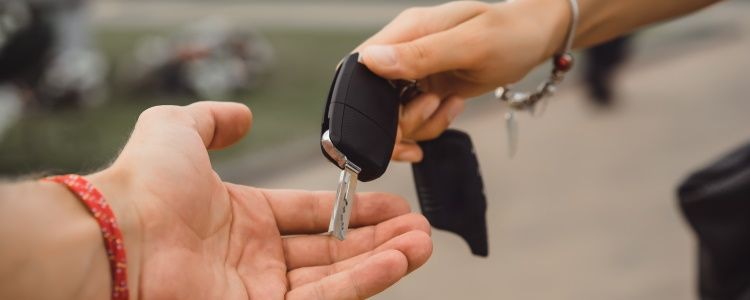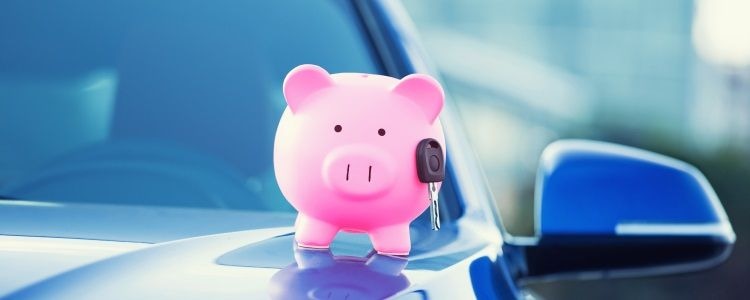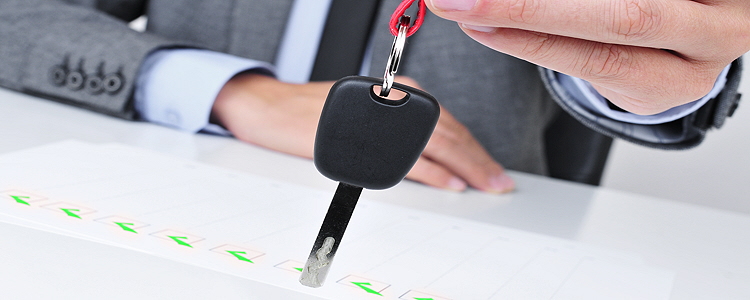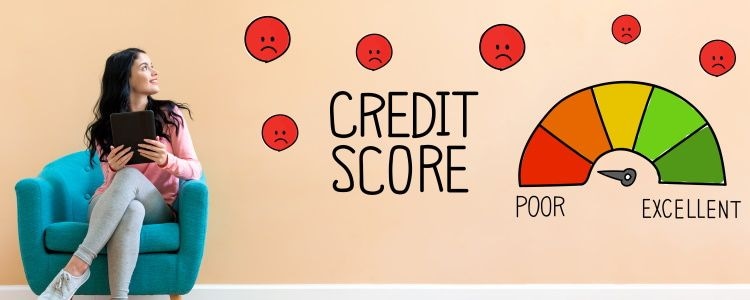A vehicle repossession typically comes right after an auto loan default. Here’s how to know, or figure out, if and when your car is likely to be repossessed.
Your Lender Might Not Notify You
How fast repossession happens and when it’s completed depends on your auto loan contract. Each state has its own rules on whether or not the lender is required to notify you before a repo. In many cases, the lender doesn't have to let you know they’re going to repossess the car, and they probably won’t. However, a bank or lender may be required to notify you of certain things once the repossession process begins.
Once the repossession process has started, the lender can hire a recovery company to collect your vehicle at any time and place – they can even come onto your property. The repo man can hook up your car from your driveway, while you’re at work, or if it’s parked in a public place. If your vehicle is out in the open, it’s fair game.
One of the only places a vehicle can’t be repossessed from is a locked garage. However, keeping your car locked away to “hide” it from the recovery company is a temporary (and questionable) solution to keeping it. If the recovery company can’t get to the car, the lender can go to court and attempt to get an order of replevin, which is a type of lawsuit. If the lender wins the suit, you’re forced to surrender your car – so hiding your vehicle only extends the repossession process.
Repos Begin With Default
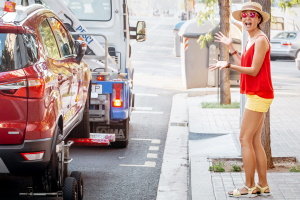 Most often, repossession happens after you default on your auto loan. Default means a borrower failed to repay a loan according to the agreement. Since the vehicle is the lender’s property until you complete the loan, they can take the car back if you stop making payments or if you break any part of the loan contract.
Most often, repossession happens after you default on your auto loan. Default means a borrower failed to repay a loan according to the agreement. Since the vehicle is the lender’s property until you complete the loan, they can take the car back if you stop making payments or if you break any part of the loan contract.
Each lending contract is different, so the repossession process could start after one missed payment on your auto loan. Some dealerships can even remotely disable your car as soon as you’re late on a payment, and then come pick it up.
Read through your loan contract carefully to learn what your lender’s repo process is, and what happens if you break the contract. You may be able to get in touch with your lender via phone or email for clarification if necessary. Talking to your lender before it comes to repossession is always a good first step.
Notifications You May Get During Repossession
While a lender may not be required to notify you of the exact time and place the recovery company is going to pick up your vehicle, you are likely to get a few other notices.
- Opportunity to cure/reinstate – This notice of default may arrive shortly after the process begins. It goes over how and when you can make up missed payments to stop a repossession, and how long you have to take action before the vehicle is sold. You can typically cure your repossession by either redeeming or reinstating your auto loan.
- Acceleration notice – A notice of default listing conditions for keeping your car. If you get an acceleration notice, it typically means the lender requires the entire loan balance to be paid in one lump sum for you to keep the vehicle.
- Post-repossession notice – Lenders are required to give you information about when/where the car is going to be sold after the repo. In the post-repossession notice, you’re given the date and time of the vehicle’s auction or the lender's intention to sell. You have the right to bid on the vehicle at auction.
Of all three of these notices, the post-repossession notice is the only one you’re required to get in all states. You may or may not get an opportunity to cure or an acceleration notice, depending on your contract and the state you live in.
Can I Stop a Repossession After Default?
You may be able to stop the repossession process in its tracks if you act quickly enough. One of the better ways to stop a repo is talking to your auto lender before you miss a payment. Many lenders offer deferment programs, which pause payments temporarily.
Some lenders may be able to change your payment due date to make the payments easier to meet according to your schedule. However, your lender isn’t obligated to do anything. The quicker you talk to them, the better your chances of working something out.
It may be worth it to consider refinancing, too, which could allow you to lower your loan payments. Refinancing replaces your current loan contract with another, and most borrowers do it to get a smaller car payment by either lowering their interest rate or by extending the loan term. However, most lenders don’t refinance auto loans that are behind or in default, so act fast if you know you’re about to miss a payment.
Getting Another Vehicle After a Repo
If you can’t avoid a vehicle repossession, then it’s likely you need another form of transportation after it’s recovered. Many lenders can be hesitant to assist borrowers with a repossession that’s less than a year old. Some dealerships don’t review credit reports to determine your eligibility for vehicle financing and could be an option after repo – buy here pay here (BHPH) dealers. These car lots are commonly known to skip the credit check and could be your ticket to another car within the first year of a repossession.
BHPH dealers aren't your only option, though. In some cases, especially if it's been some time since your vehicle was repossessed, a subprime lender may still be able to help. These lenders specialize in helping bad credit borrowers get into the cars they need.
Here at Auto Credit Express, we have connections with bad credit dealerships all over the country. Using our expansive, nationwide network, we’ll look for a dealer in your local area at no cost and with no obligation. Get started right now by filling out our free auto loan request form.



